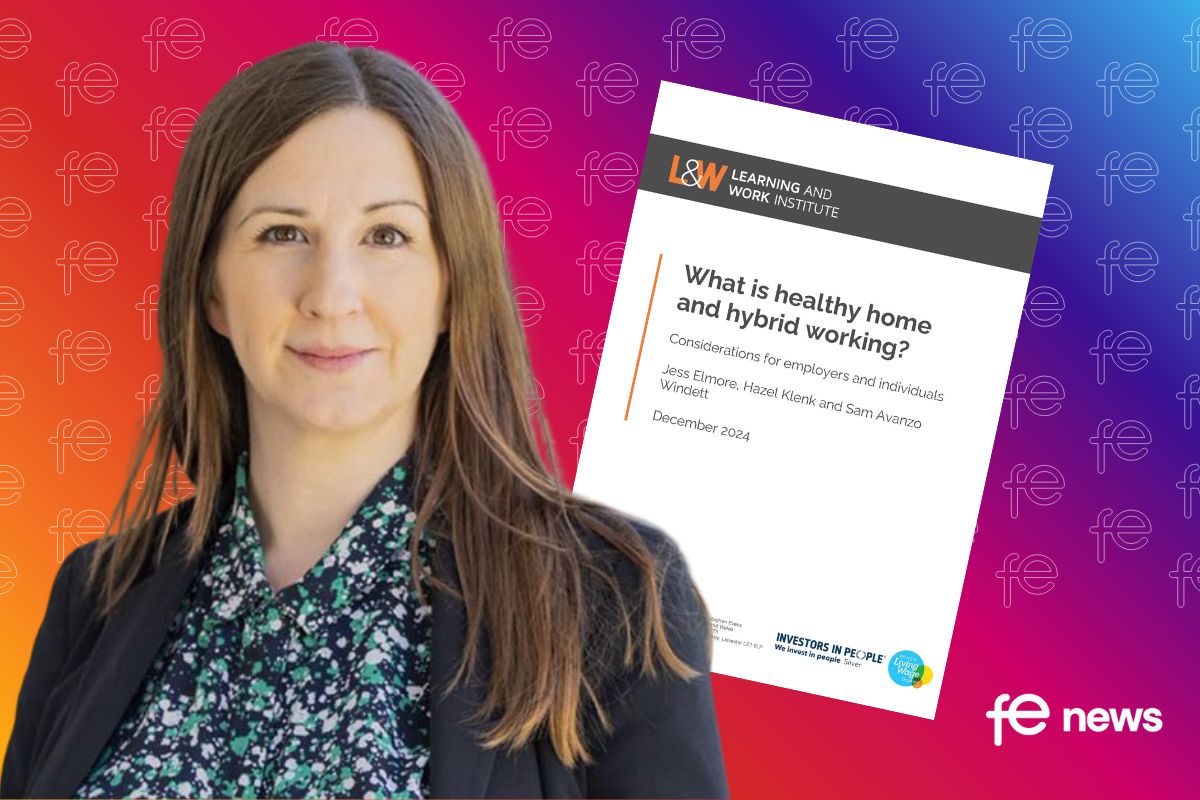Further Education capital funding announcement – Securing your college’s share in 5 steps

Most further education colleges across the country would benefit from funding to improve their buildings and with the Chancellor’s commitment to new capital funding, many will get that chance.
Ian Ashman, former college principal and special advisor to Equals Consulting, discusses how to get your property strategy in order, to help secure and benefit from these funds.
The Chancellor’s first budget comes at a time where the Conservatives have been making big promises for infrastructure. Their election campaign included significant commitments and recently there has been an explicit commitment to ‘levelling up’ and bringing substandard infrastructure up to scratch.
That spirit of enhancing assets has been applied to the further education sector with the welcome news that £1.5bn of Capital Funding will be made available over five years. According to the Budget, ‘this investment will ensure that colleges have cutting-edge facilities to train people for jobs in the industries of the future.’ As this fund is ‘to ensure that all further education college estates are in good condition’, it should support improving or replacing all of the worst accommodation in colleges, i.e. bringing all buildings up to at least category B on the A-D scale. Further capital funds will be available for Institutes of Technology (IOTs) and equipment.
This is great news for eligible colleges. Although details on the process are still to come and processes may vary in regions with devolved funding, it’s safe to say there will be challenges ahead to secure a share of this funding. An early review of your readiness will help.
It is likely that colleges will need to be ready to make detailed applications quickly. Those administering the fund will want to see that bids for projects to upgrade accommodation make sense as part of a wider property strategy, aligned with overall college strategy. Typically, funders also expect initial applications to have specific capital projects in mind, with a reasonable level of design detail and realistic costings.
As there has been little capital funding around recently, many colleges may find their property strategy needs updating to give context and justification to individual projects.
This raises two questions:
- How do we ensure we have an up-to-date property strategy? and
- How do we ensure that our capital projects align with it and are ready to progress?
Here are five pointers for answering both questions:
1: Assemble the best possible internal team
To develop or update your college’s property strategy and work up projects you will want to pull together a cross college working group, initially small, but involving key leaders of curriculum planning and delivery, student support, management information, finance and the estates team.
Project leadership by a senior manager who is, or reports directly to, the Principal and has time for the role is vital. Identifying a lead governor can also be useful, because board assessment, approval and monitoring of major projects is an essential component of governance.
The internal team will want to work through the following steps, but you will also find it beneficial to bring in external expertise as early as possible provide support.
2: Update your strategic objectives and space requirements. Keep future needs in mind.
Start with reviewing the key aims and objectives of the college. What does the college need to achieve with its buildings to support them? These objectives are likely to include better meeting students’ and local employers’ needs, supporting curriculum delivery, upgrading the quality of assets and achieving a stronger financial position.
Next, update the assessment of the space the college needs and how that might change over the next 10 years. How might the curriculum develop in the context of the local labour market and government priorities for growth sectors? Demographic change, the kind of employers in the area and the skills the local economy needs will all influence both the kinds of courses on offer and student numbers.
You also need to take account of developments such as the introduction of T levels, growth of apprenticeships and changes in part-time provision (which all involve changes in classroom based hours), and increases in STEM and higher level provision, including any Institutes of Technology, which will change the facilities required. The way courses are delivered might also change over time to improve quality and efficiency. Assessing all these factors will lead to an understanding of future space requirements.
Identifying the right type and quantity of space required is critical to ensuring your college can deliver high quality provision. However, with each square metre costing thousands of pounds to build or refurbish, and dozens of pounds to run annually, getting that quantity right is key to project viability.
3: Consider the condition, tenure, costs and context of existing buildings
Next, update information on the condition of the estate and identify weaknesses. The latest funding will be targeted at removing category C and D buildings but assessing the fitness for purpose of all your assets is important.
It is also essential to assess how space is currently being used, through a space utilisation exercise. Sector benchmarks will help you measure where you stand. This is likely to highlight types of accommodation and buildings which are being underused.
Another step is to look at costs and tenure. This includes running costs, any rentals, the length of leases and break clauses. There may be opportunities to vacate expensive or poor quality buildings, and surplus freeholds could be sold to create match funding.
It can be useful to look at potential alternatives to current sites and at local context, which may be changing. Local regeneration, requirements for new academies and commercial developments may all provide opportunities for ‘land swaps’. This could save money and improve access for employers and students.
Other capital funding streams should also be reviewed at this point. As well as core grants, there may be local regeneration grants such as town centre, regional development or IOT funds. Your college will also need to realistically assess its ability to borrow and repay funds. Wherever money comes from, funders will want to know that projects recognise national, regional and local priorities.
Taken together, this information about the condition and costs of buildings, along with context and funding options, helps with identifying areas where development is needed and generating ideas for projects.
4: Assemble a range of options, assess their relative merits and begin project/bid development
Steps two and three will help identify a range of options for different approaches and projects. You will need enough information to understand how each option will meet curriculum needs, what it might cost etc. A scoring system should test the options against the property strategy’s objectives. Funders are likely to require a comparative investment appraisal of multiple options, including a ‘do-nothing’ option.
Once you have identified a preferred option you can start to develop the idea. This will include preparing a design brief, then working up projects in more detail and preparing a business case. This will all be much easier to prepare if the college has a thorough and up to date property strategy.
5: Engage with experts to give your project bids the best chance of success
External expertise with experience in feasibility studies and costing is often used to support identification and appraisal of options and sometimes to draft property strategies. Once you are at the stage where you have a project or projects you wish to bid for, you will need two things – a developed design, and robust costings. This will require external design team expertise, including design, engineering and cost advice to give reasonable price certainty and support the business case and bids.
Once approval is given by funders, the external team can undertake the technical design and support procurement of contractors.
When construction projects are underway, external quality review, cost control and project management skills are key to delivering a high-quality project, on time and within budget.
Because our sector is unique in the impact it can have on the lives of students, communities and businesses, I recommend selecting consultants with significant expertise and experience of property projects in further education colleges.
Taking the long view
These are practical steps for ensuring your property strategy is thorough and achievable – and that the projects for which you would use funding are given context. The benefits of curating this strategy go beyond boosting your chances of successfully securing funding from this latest allocation. It will help you for years to come – allowing your college to better meet local student and employer needs, identifying areas for revenue savings, securing funding from other sources and improving the balance sheet. A property strategy and successful project implementation are a crucial part of realising the vision for a better future for generations of students, which lies at the heart of our sector’s mission.
Ian Ashman, former college principal and special advisor to Equals Consulting











Responses